Cushing’s symptoms are many and varied. Looking at the list of symptoms can be overwhelming. But it’s good to know that dogs with Cushing’s do not have every single symptom.
And symptoms do vary from dog to dog. To complicate things further, a number of other canine diseases have symptoms that are the same as Cushing’s.
Since dogs can’t tell us what they feel or when they feel pain, we need to observe their behavior and physical changes in their bodies.
Be patient with your vet. Cushing’s disease is an especially difficult disease to diagnose. In fact, it is even confused sometimes with Addison’s disease, which is the opposite.

The most common symptoms for Canine Cushing’s are:
- increased appetite
- drinking more water
- peeing more often
- lethargy (lack of energy)
- poor hair or coat quality
But those are just the most common of a huge list of possible symptoms that lead to a Cushing’s diagnosis. Determining if your dog has Cushing’s is especially challenging for veterinarians because it mimics other common dog diseases.
Diagnosing Cushing’s Disease
To be diagnosed with Cushing’s, a dog does not need to have ALL of the symptoms listed below. In fact, your dog may have only a few of them. Symptoms are just the first step in diagnosis. Your vet will do blood tests and may opt to do some scans.
Keep in mind that, if you notice any of these symptoms, they are not normal, so do take your dog to the vet to be checked out.
Eating and Drinking
Excessive thirst – You may need to fill your dog’s bowl more often, as she is drinking more water than usual. What is normal? A dog should drink about 1 cup of water for every 10 pounds of body weight daily. During hot weather or after exercise, your dog may drink more than that. And that is OK. However, if she drinks a lot more, you should let your vet know.
Increased urination – Your dog may ask to go outside more often to pee, or she may become incontinent and start to have accidents in the house, peeing on the floor. Crying or begging to go outside in the middle of the night is a symptom. You may also notice that your dog is leaking urine or is unable to hold it.
Increased appetite – Your dog may start to beg for food or treats or harass you for meals long before her regular meal times. The extra cortisol in your dog’s system stimulates his appetite.
Behaviors
Panting – Dogs with Cushing’s disease often pant a lot. It is normal for a dog to pant when he is hot or has been exercising. It is not normal to pant without a reason. Some dogs with Cushings even pant when they are lying down.
Exercise intolerance – Your dog is unable to exercise as long or as hard as before. A dog may be lethargic or have a tendency to sleep or rest more than usual. While a dog may sleep all day, sometimes he will exhibit night time restlessness.
Sensitivity to warm weather or heat – Your dog pants excessively and looks for cool places to lie down.
Seizures – Seizures are not common in dogs with Cushing’s, but your dog can have them with a pituitary tumor.
Personality changes – Your dog may lose interest in activities or play things that she used to enjoy. Sadly, she may even be less interested in you. A dog with Cushing’s can also develop odd behaviors or even become depressed or aggressive.
Muscle weakness – especially in the hind legs. You may also observe extreme muscle stiffness, especially when standing up. Your dog may have more and more difficulty jumping, whether onto the sofa or going up steps. He may fall down occasionally. Giving glucosamine to your dog can help with muscle weakness and stiffness.
Shaking – when you cannot identify a reason for the shaking.
Physical Signs
Pot belly – A dog with Cushing’s syndrome may look fat (or bloated) in their stomach or abdomen. This is not necessarily a sign of weight gain. Instead, it is a sign of weakened muscles that no longer support the stomach. Very common, this symptom is seen in about 90% of dogs with Cushing’s.
Weight gain – Dogs with Cushing’s do gain weight. This is because of their increased appetite and food consumption and because they tend to retain fluids.
Hair loss – or poor coat quality. Hair loss is evenly distributed on both sides of the dog’s body. Hair that is shaved or trimmed may grow back poorly or slowly.
Skin – may have hyperpigmentation or dark colored spots. A dog with Cushings may develop seborrheic dermatitis, a condition with scaly red patches and flaking dandruff. Your dog may have calcium deposits (hard crusty spots), blackheads or frequent infections on his skin. These are seen especially on the abdomen or tummy.
Eyes – As the disease progresses, a dog may develop ulcers on the corneas of his eyes. A dog with Cushing’s can go blind suddenly.
Illness or Disease
Insolent resistant diabetes – While diabetes is often seen independently, it can also be a partner to Cushing’s, further complicating diagnosis.
Infections – frequent urinary tract infections or infections on the skin.
To learn more about handling Cushing’s disease in dogs, you may want to consult Cushing’s Disease in Dogs by S. Kenrose.
Early Cushing’s in Dogs
Most often, Cushing’s is diagnosed in a dog who is 7-12 years old. When the disease is first discovered, your dog may have only a couple of the symptoms listed above.
However, because this disease is so common, it is important to tell your dog’s vet about any changes that you notice. Perhaps they will not be important, but they could be signs of a serious disease.
If you suspect that your dog has early Cushing’s, you may be able to get her hormones balanced with Dr. Mercola’s Adrenal Balance formula.
Advanced Cushing’s (late stage)
If your dog has Cushing’s, she will develop more symptoms that are increasingly more severe as time goes on. Hair loss becomes quite obvious and your dog’s thin skin may have recurrent infections.
In later stages of the disease, you may see:
- Depression
- Intolerance to exercises
- Lethargy, lack of energy
- Enlarged liver or spleen
- Thin or unhealthy hair coat
- Cold ears, abdomen, and back
- Extremely thinned urine
- Extreme weight loss
Cushing’s or Just Getting Old?
As you read the list of symptoms above, you may have been saying to yourself, “Most of those just sound like signs that your dog is getting old.” And, at some level, you are right. This is one of the challenges your vet faces when diagnosing this disease.
Dogs who have Cushing’s are getting older. And many of the symptoms of Cushing’s are very common for older dogs. As dogs age, they exhibit muscle weakness and slow down. They tend to rest more and seem more lazy. They often have skin issues and may gain or lose weight.
Often the symptom that causes a pet owner to consult with the vet is incontinence or constant begging to go outside to pee, even in the middle of the night. Fortunately there are ways to handle incontinence if this becomes an issue with your pet.
Because dogs often have more health issues as they age, it is important to report any changes in your pet’s behavior or habits to your dog’s vet. You may be seeing simple aging and slowing down, or your dog may have a more serious condition! If she is showing symptoms like those above, it’s time for a visit to the vet, just to make sure…
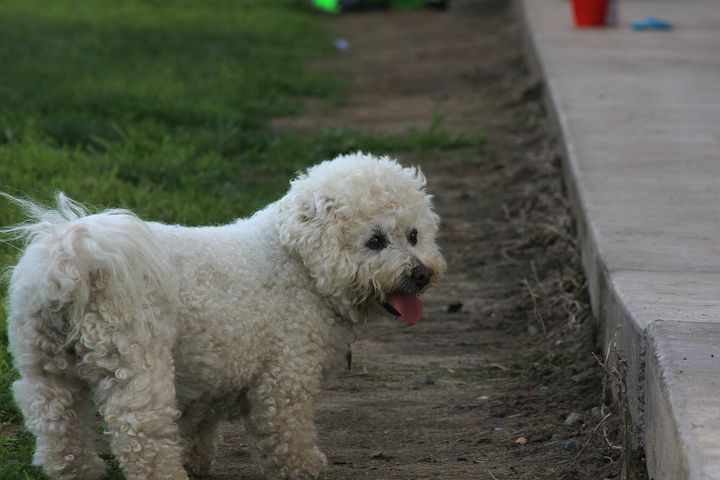
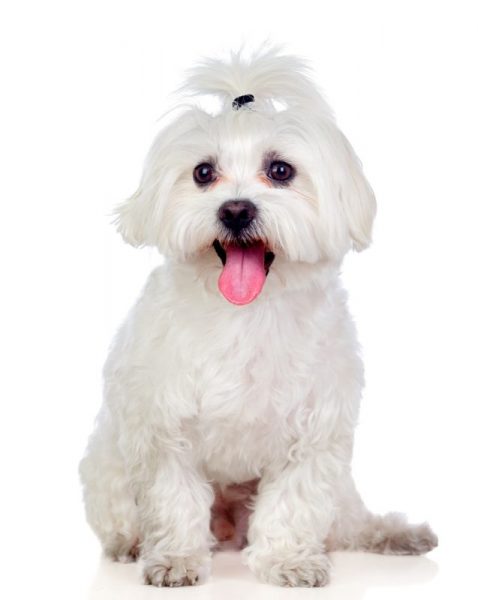
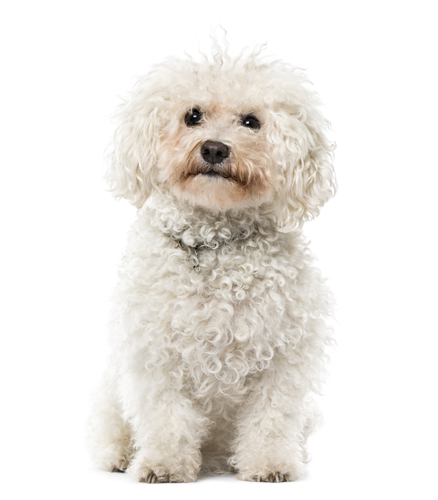

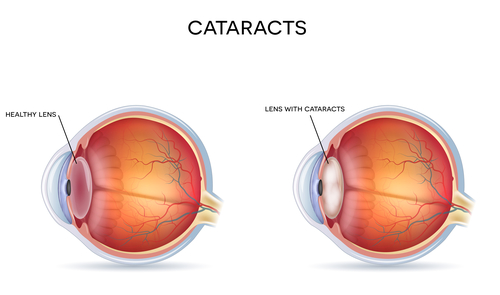
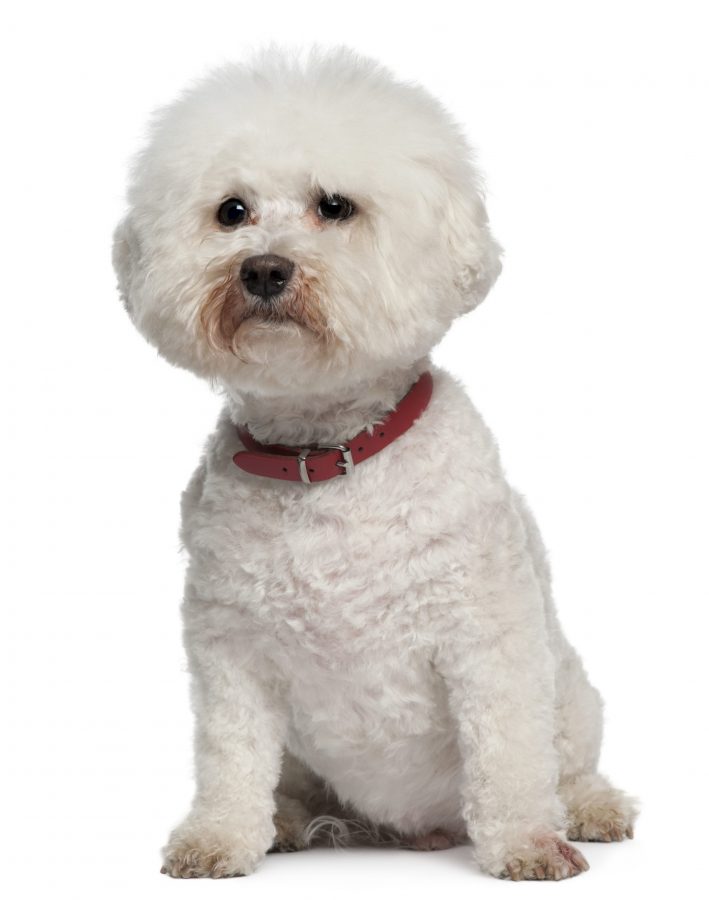

Leave a Reply